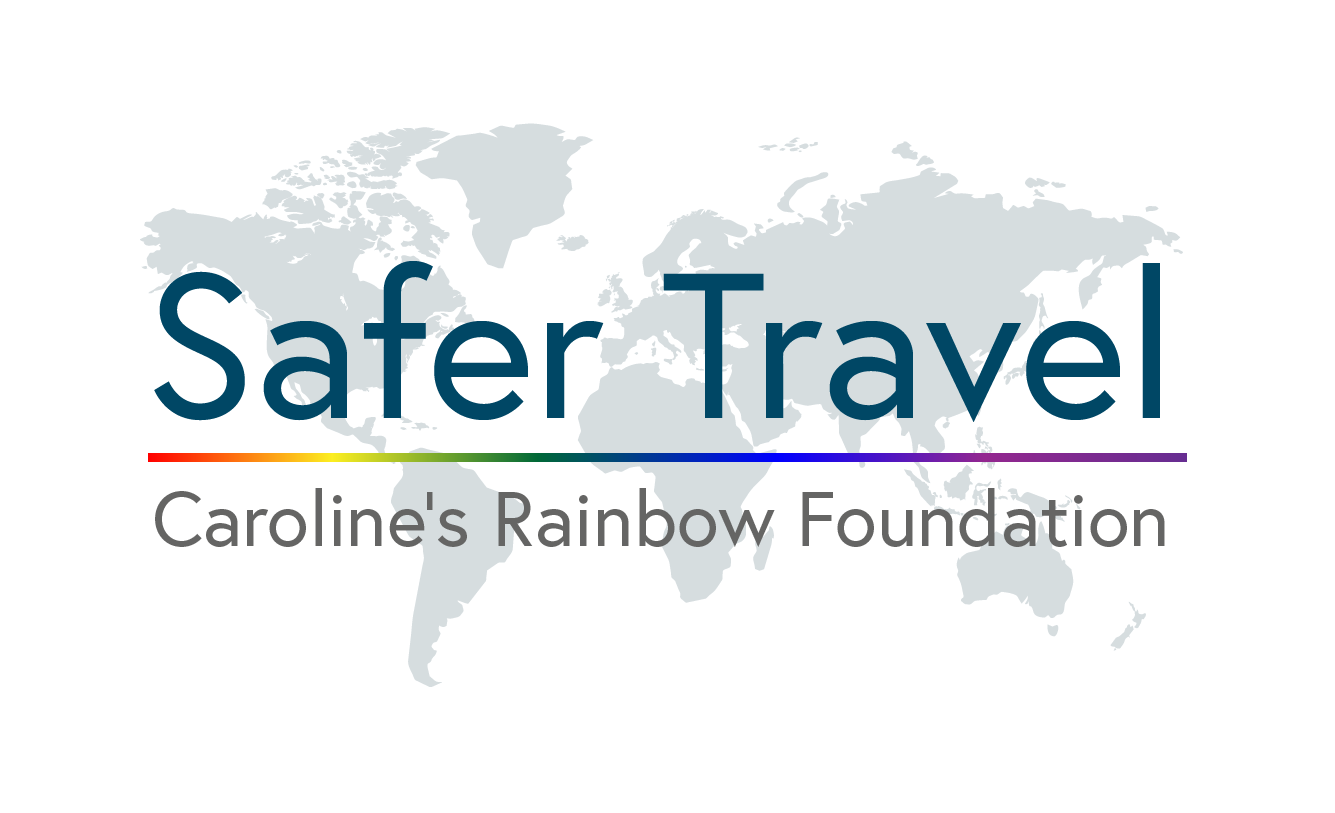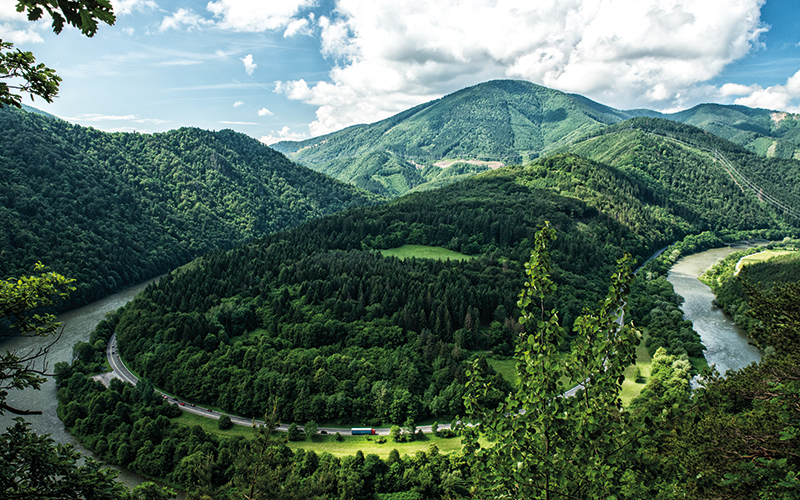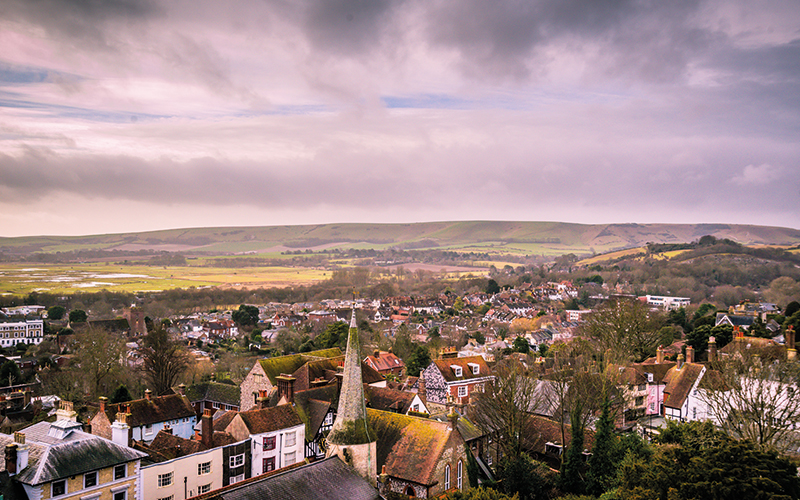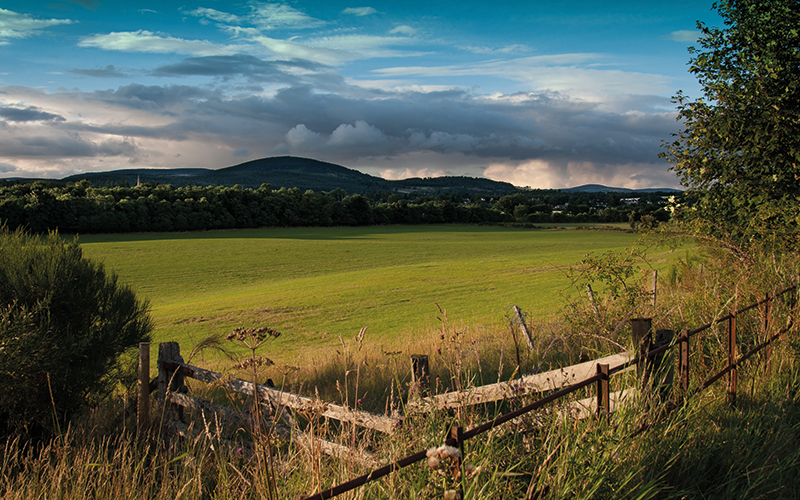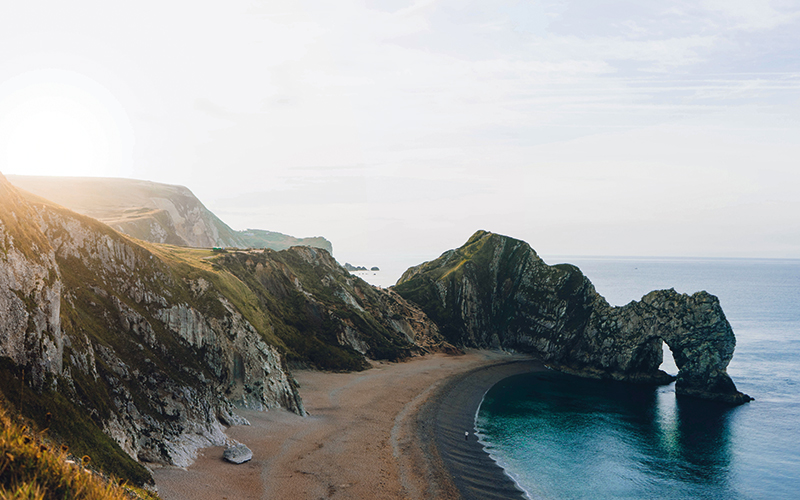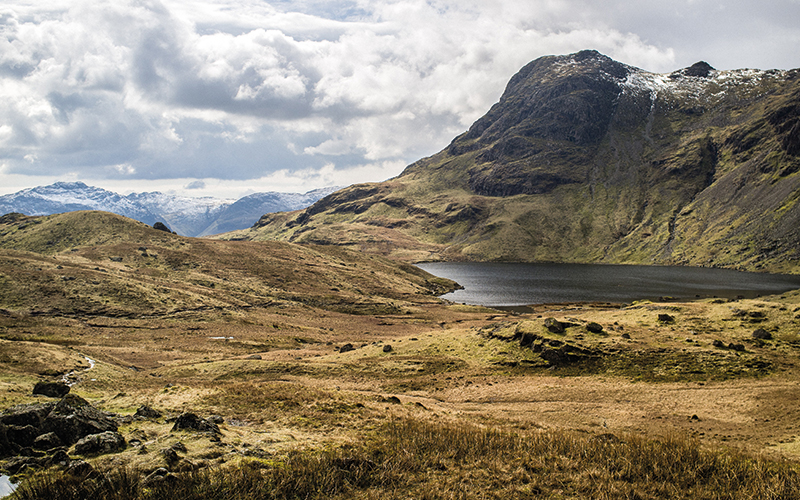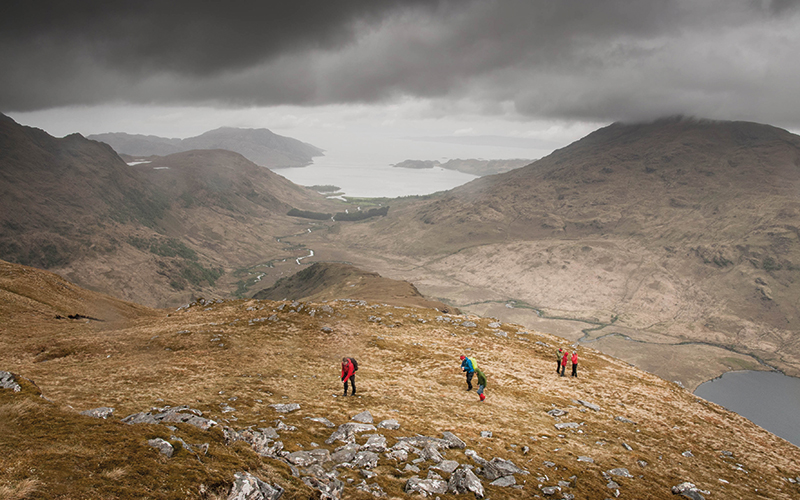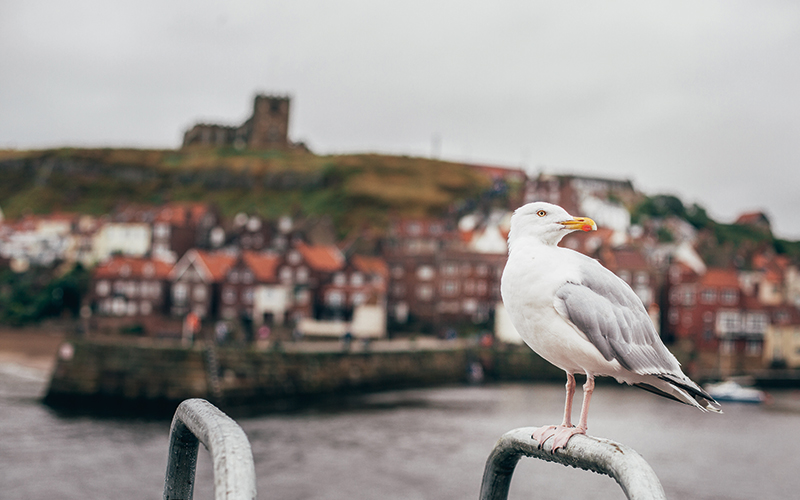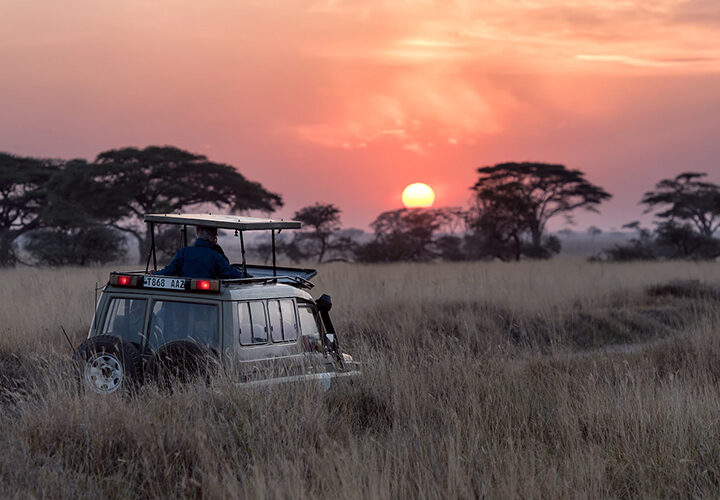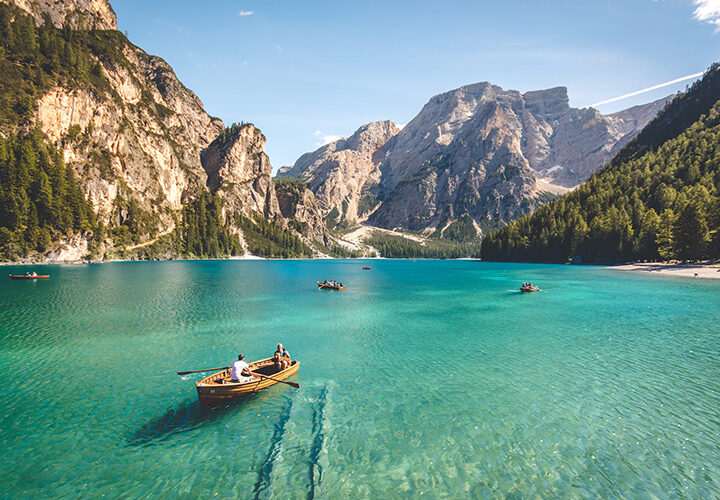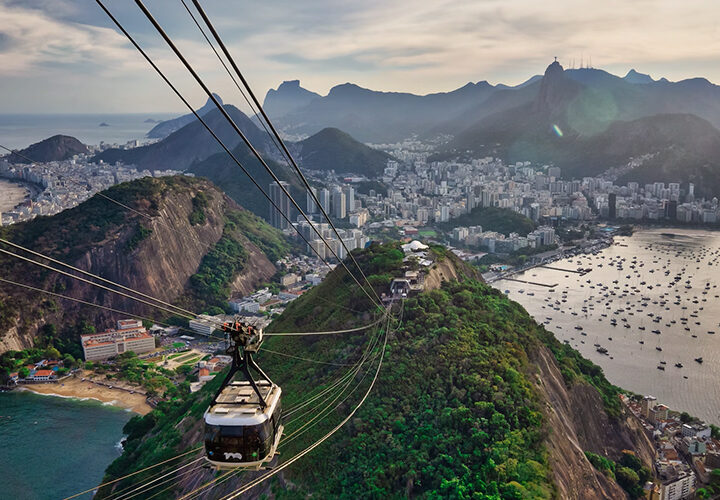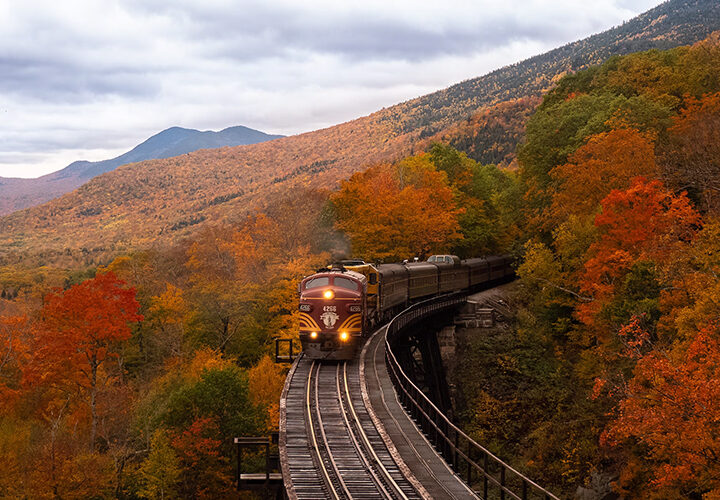Hiking & Trekking Safety
Trekking can be an amazing experience, whether you’re hitting the Inca Trail or trekking through the Scottish Highlands. However, there are a number of safety concerns that you should take into account before you embark on your outdoor adventure.
Being a keen hiker myself, I always prepare for a hike by researching thoroughly beforehand, this includes checking weather forecasts for weather warnings, researching the trail, ensuring I have the appropriate kit and supplies (including lashings of sun cream for my sunburn prone fair skin!) and getting plenty of rest the night before.
I am much more experienced these days, I can’t say the same for myself when I first started out hiking. Wanting to be more independent, I decided to venture off on a solo hike, which all started out as planned, until I took a wrong turn somewhere along the way. Luckily I managed to find my way back to the trail before sunset but the hours where I wandered around, frantically trying to find my way back were exhausting and pretty terrifying. There were moments where I genuinely thought I’d never find my way back to the trail and panic seriously set in.
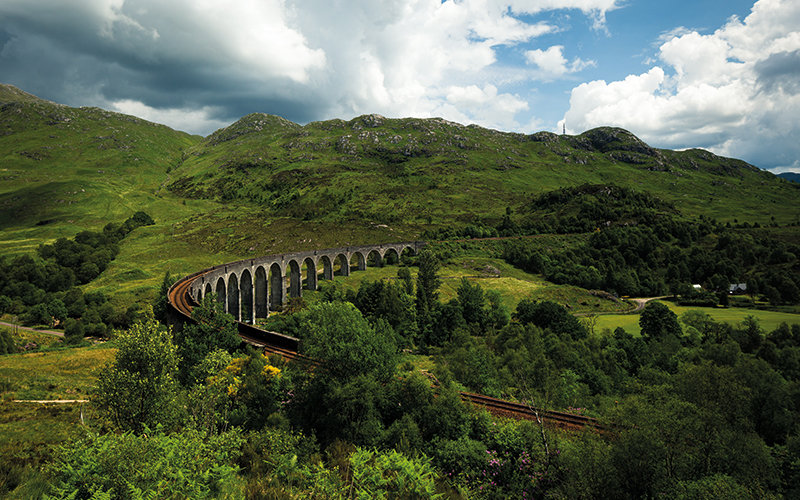
In hindsight, had I invited a friend along for the hike, I would maybe not have taken the wrong turn
In hindsight, had I invited a friend along for the hike, I would maybe not have taken the wrong turn but if I had, I would have panicked less and thought more rationally. After my short but rather frightening ordeal, I became a firm believer in the buddy system and adopted a much more sensible approach to outdoor adventure. Hiking with a friend or group is a wise move, not just for the company but in case you get lost or one of you becomes injured. If lost or stranded, two people can conserve body heat easier than a lone hiker and they can keep each other calm until help arrives.
Here are a few bits of advice for hikers and trekkers…
If you insist on hiking alone, make sure you tell a friend, family member or neighbour before you go. This way, if you get lost people will know where to send help. Luckily it didn’t come to this for me, but I had mentioned the hike to my sister, so at least if I had become stranded I knew help would eventually be on the way. Ensuring you always have a map and a good compass is a great way to keep you on track and help reduce your chances of becoming lost during your trek.
I took a slight deviation from the trail by mistake and this resulted in hours of aimless wandering through the forest, alone. So ALWAYS stick to the trail, even if something looks interesting it may not be safe to go and check it out. In the jungle, dangerous animals such as snakes tend to keep off the trekking trail, so it’s wise to stick to it to help avoid any unpleasant encounters!
Always ensure that you wear the appropriate clothing for your hike, this can include base layers such as fleeces and waterproofs such as jackets and trousers for poor weather conditions. If you become cold and wet, you will need to dry off and get warm as quickly as possible in order to prevent Hypothermia. If you become stranded, an emergency foil blanket would be an extremely handy accessory to have with you, helping to keep you warm by reflecting and retaining your body heat.
You will also need to make sure that you have plenty of water for the duration of your hike, remember that in hot and humid climates, you will sweat more and will need to replenish your fluids on a regular basis. Sometimes carrying a water bottle isn’t always convenient and you may wish to keep your hands free for walking poles, so a hydration bladder would be a great solution. Many hiking rucksacks and daysacks are hydration compatible, allowing you to store a one or two litre sized water bladder inside and feed the drinking tube through a special port at the top – so you can easily keep hydrated while you’re on the move.
If you are trekking or hiking in hot climates, it is essential that you keep hydrated and keep an eye out for signs of dehydration, including dizziness, dry mouth, headache and fatigue. If your hiking companion suddenly goes quiet, this may be a sign that they have dehydration and steps should be taken to help them rehydrate, including drinking plenty of fluids and getting them out of the sun.
If you do run out of water, under no circumstances, should you ever drink from a stream. Sometimes this water may look perfectly clean but can often be swimming with parasites as well as unsanitary substances such as animal faeces that can make you seriously ill. Many hikers choose to invest in a water filter bottle or water treatment tablets just in case they run out of water and have no choice but to refill their bottles from a water source on the trail.
Respect wildlife. In the UK a number of cow attack related deaths and injuries have been reported over the years. Keeping your distance from cows with young calves is important as they are more likely to attack to protect their young. In countries such as the USA, Mountain goats have been known to kill and in the jungle there are a number of dangerous animals from snakes and spiders to mosquitoes and spiders. To protect yourself from mosquitoes when trekking, you should wear a mosquito repellent with DEET and take this with you to reapply as needed. Mosquitoes can carry some very dangerous, life threatening diseases such as Malaria, so preventing bites is essentials in high risk areas.
Another thing to consider is food for your hike or trek, always pack enough food for the duration of your hike and include high energy foods such as nuts, fruit and tuna. I always take a little extra food with me in case of emergencies.
If you become lost or injured when trekking or hiking, it pays to have essential first aid items such as dressings and bandages, antiseptic, plasters and micropore tape. Specialist kits for trekkers are available or you can create your own with a selection of essentials. You may also find multi-tools extremely handy, these incorporate a number of handy tools including scissors and blades which have a plethora of uses.
For hikers who become lost during hikes and treks, survival aids can come in extremely handy. A popular accessory with many hikers is a whistle; this can signal for help in an emergency and should be blown at regular intervals if you become stranded. If you’re uncertain of survival techniques or how to call for help in an emergency, it would be wise to do a little research into this before you set out on your hike. Hiking rucksack manufacturers such as Lowe Alpine actually include a special SOS panel inside the hood of some of their models; the panel includes tips on using a whistle to signal for help, as well as signalling techniques you can use.
Other accessories that can be useful when signalling for help include light sticks which can be used in dark or poor conditions to attract attention. You may also find a torch or head torch useful, not only does they provide light when it starts to become dark, but many head torches come with a flashing ‘SOS’ function to signal for help in an emergency.
Hopefully, some of these tips will be of use to hiking and trekking beginners and will help keep you safe on the trail!
Written by Rachel Keir
